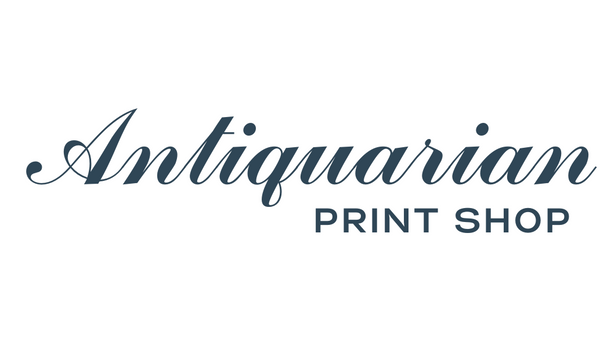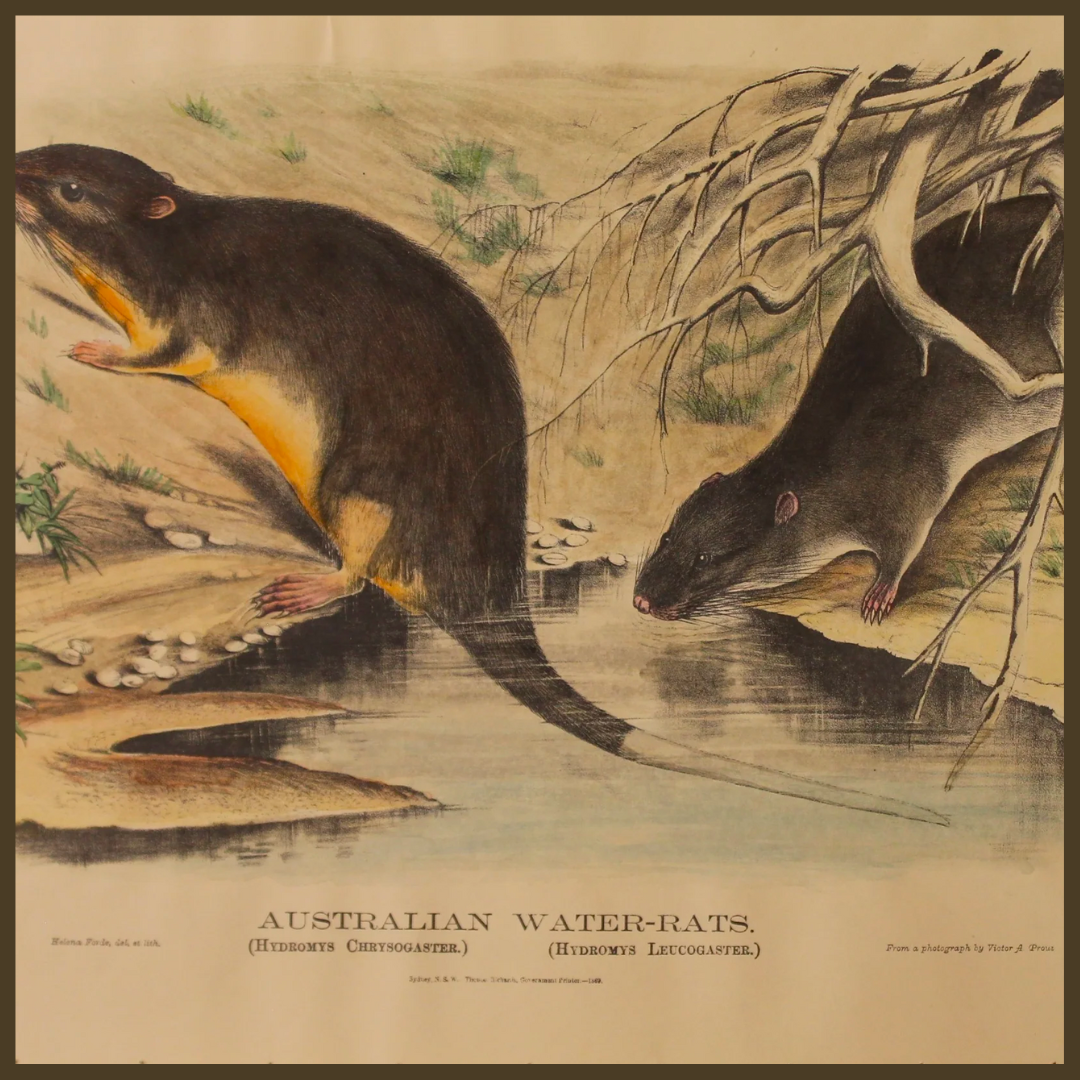
MAPS AND MAPMAKERS
Share
In the beginning, the production of maps was a simple task.
A master craftsman drew, engraved, printed , coloured and sold his own maps from his own shop.
As the craftsman’s trade increased, apprentices were taken on to do the less important work and surplus maps were sold on to other dealers. This was the beginning of the wholesale trade in maps.
The main centres for distribution were the book fairs in Frankfurt, Cologne and Leipzig.
The booksellers were the ones who developed and frequently financed the early map publications.
This vastly increased output led to a division of labour.
Some craftsmen were obviously better at some things than others so craftsmen’s talents became more obvious.
Engraving became a separate craft as did printing and colouring.
The bookseller, as the paymaster, generally controlled the process.
The Italians in the 16th Century sold made up collections of maps. However, it was the Flemish cartographer, Ortelius, was the first to publish and issue an atlas uniform in size and contents in 1570.
It was Mercator, gifted in both mind and hand who was the first to use the term Atlas. This term was quickly accepted and used all over Europe to describe a collection of maps.
Colour was a matter of taste as there was no colour printing. This process was all done by hand which explains the very elaborate and colourful cartouches and gold embossed maps.
The Geographer Jaillot is known to have produced some of the most magnificent examples of land and sea atlases which he illuminated in gold and colours.
Maps in which the original colouring was applied at the time of printing are referred to as “contemporary colouring” Recent colouring is referred to as “modern colour”.
Very Early maps were printed using a woodcut. The woodcut is a line engraving and the ends of the lines are square. Copperplate followed and while there were cost disadvantages, Copper is a soft metal which allowed the “burin” to move easily over the surface giving a greater variety of tone and light and shade that could never have been achieved with the woodcut. Copperplate engraving became the chosen form throughout Europe and remained so for three centuries.
Steel engraving which produced such enormously clear detail was followed by lithography and colour printing.
Information has been taken from Maps and Mapmakers by RV Tooley.
Related Tag: Map Prints for Sale



